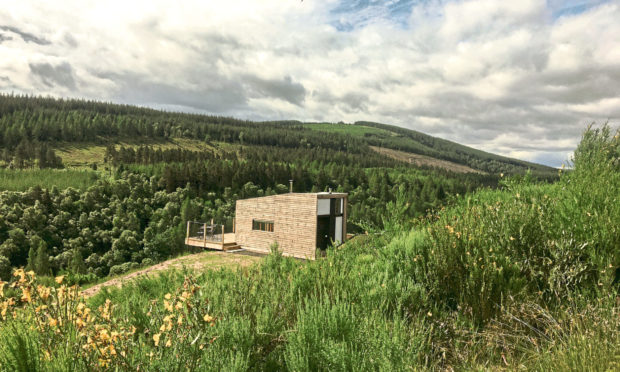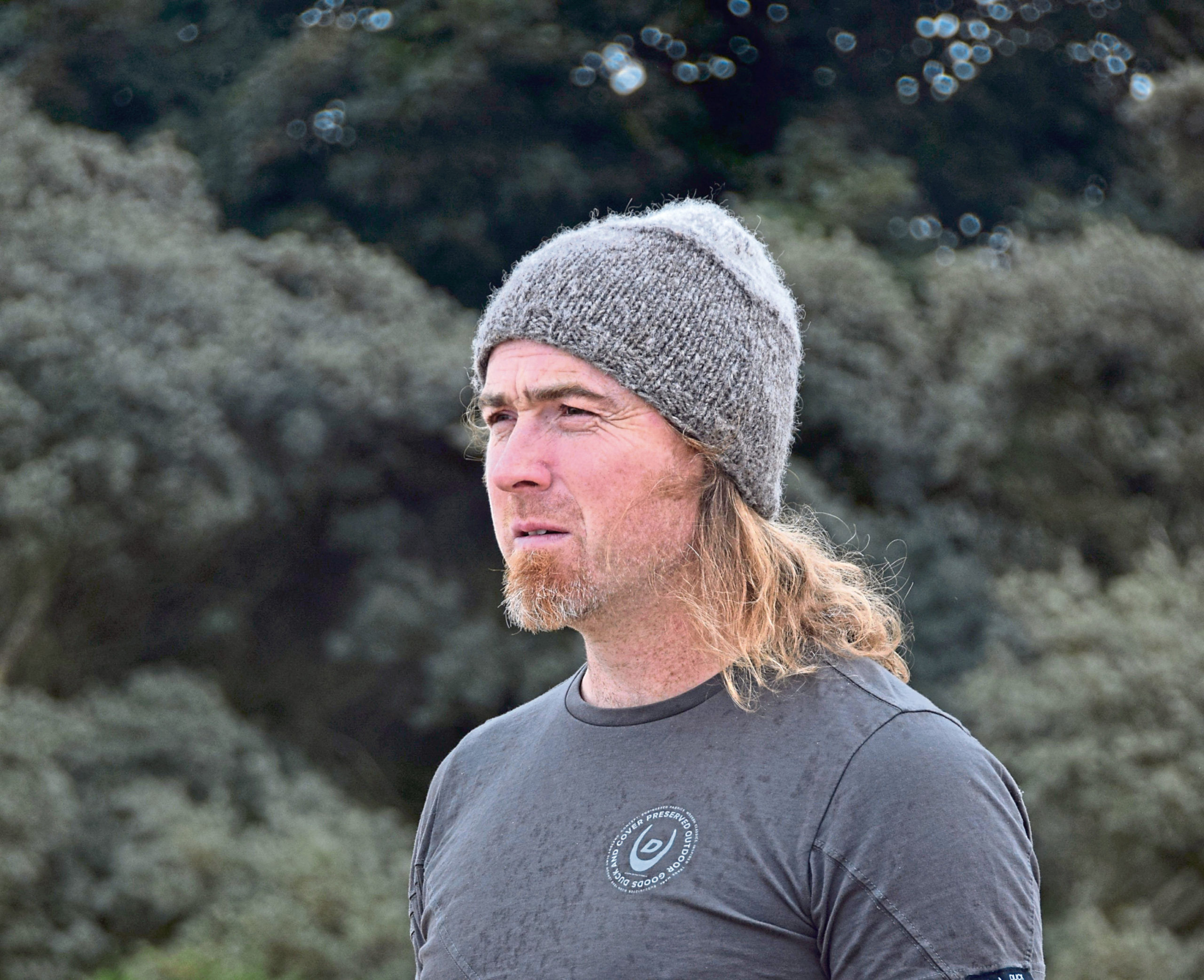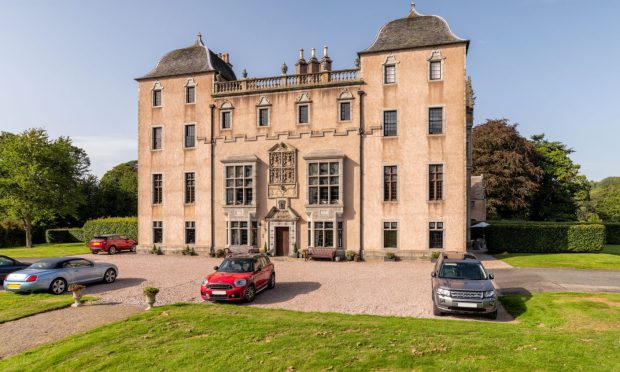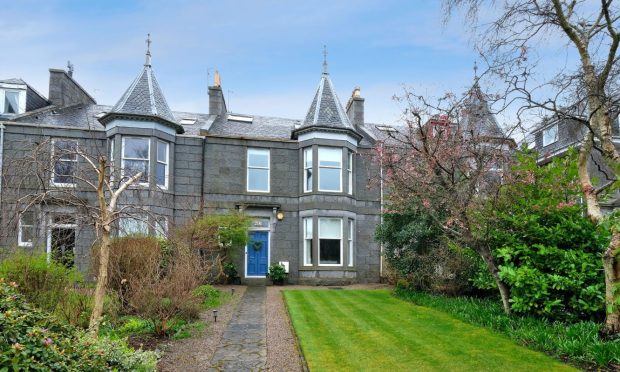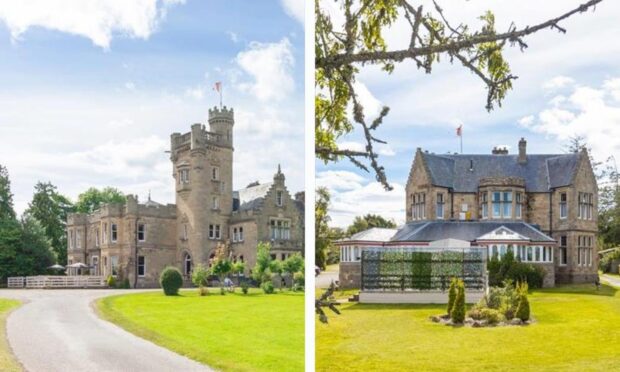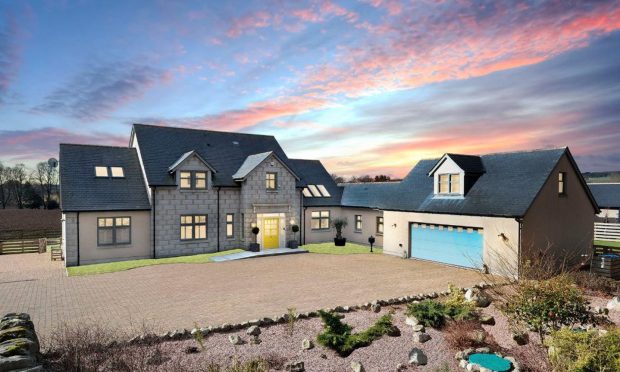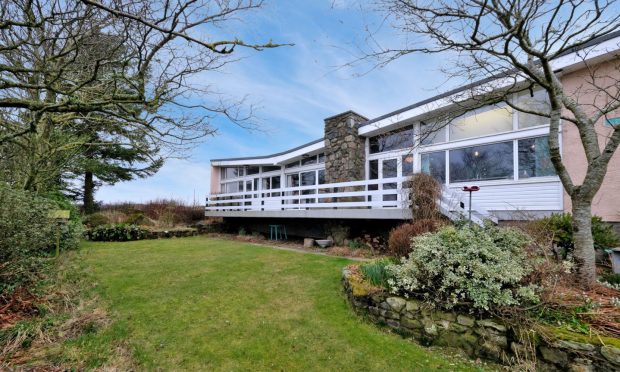In the heart of the Drummuir Estate sits a very unusual property, designed to let people reconnect with nature and enjoy a taste of an ecological, wild and sustainable lifestyle.
The Drummuir Cabin was designed and built by James Hunt, at the request of Torquil Gordon-Duff and his wife, Fiona – who run the estate, which sits between Dufftown and Keith, with Torquil’s parents, Alex and Priscilla.
Their aim was to have an off-grid cabin on the estate which would create an additional income source, but it had to be something beautiful, unique and of low impact on the environment.
James was the perfect person to create their dream holiday home.
Originally from Norfolk and with a farming background, he’s lived in Scotland since his early 20s, when he worked on estates on Mull and elsewhere, renovating old properties and helping with livestock.
“I also worked on Raasay as an outdoor education instructor before I decided to re-educate myself and gain a masters degree in architecture at Edinburgh University,” said James.
“I started working in practice, but it became clear an office-based job didn’t fulfil me so I managed to get a job with an oak timber framing company, designing and building oak structures.
“My company, Bothanna Cabins, grew from that.
“I decided to venture out by myself as I was really interested in creating standalone buildings.
“That was my passion. My vision was to create off-grid properties that would allow people to reconnect with nature and disconnect from modern life.”
A unique cabin
He was looking for a partnership to help develop his first off-grid home when he re-connected with Torquil and Fiona, who he’d met previously.
They were keen to have a unique cabin on the estate, which covers 4,000 hectacres, and has developed, over many years, a strong commitment to developing renewable resources.
“I visited Drummuir several times and had a good tour of the estate looking for places to locate the cabin,” said James.
“In the end I found the perfect spot, one with good road access to water and a really dramatic location.”
The entire cabin, which has an internal footprint of 25 sq m, was built using fully insulated panels, clad in Scottish larch, assembled in his workshop in East Lothian.
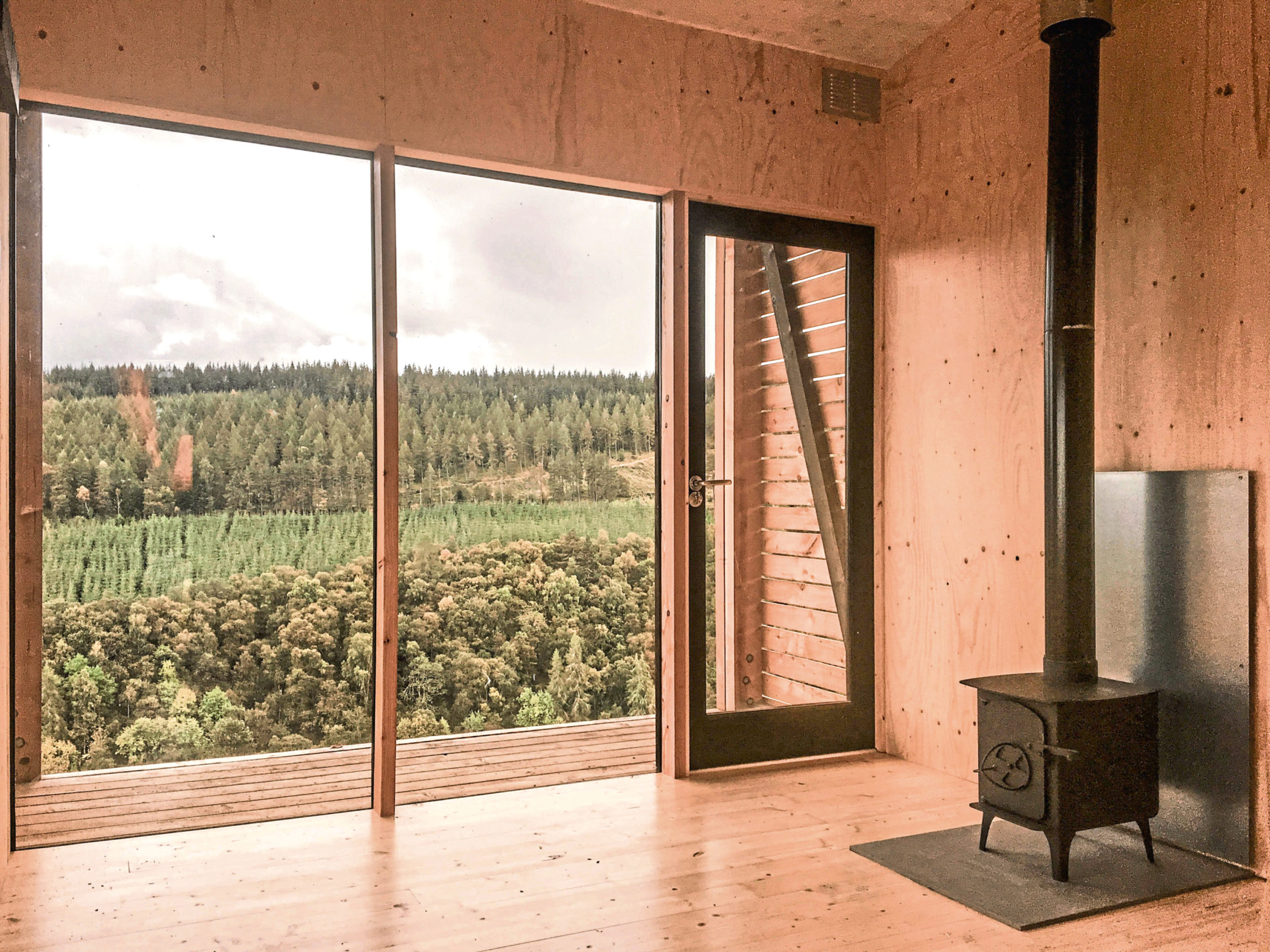
He used as many Scottish materials as possible as one of the firm’s core values is the use of sustainable local materials and finishes.
It has double glazing and a small wood-burning stove, and is really well insulated which makes it extra cosy.
Inside there’s an open-plan living room with kitchenette, a shower room and a mezzanine level with a double bedroom, while the staircase doubles up as a bookcase/storage.
“What I’m trying to do is replicate the feeling of traditional bothies which were very intimate places and quite atmospheric,” explained James.
“The cabin has an element of intimacy but it’s also spacious enough for a couple to enjoy, while the fully glazed front elevation allows you to view the stunning landscape.
“Water comes from a natural spring above the site, and goes through a variety of filters before reaching the cabin, which has a composting toilet.”
Something a bit different
The cabin weighs five to six tonnes and using a trolley system, was rolled out and placed on a low-loader lorry which then transported it to its destination.
“The cost is about £37,000 but you also have to factor in services and foundations.
“I’d think you would need to have a minimum budget of £45-£50,000 for everything, but it all depends on the site.
“We have been going for about a year now and are looking at options to link units together to build bigger buildings.
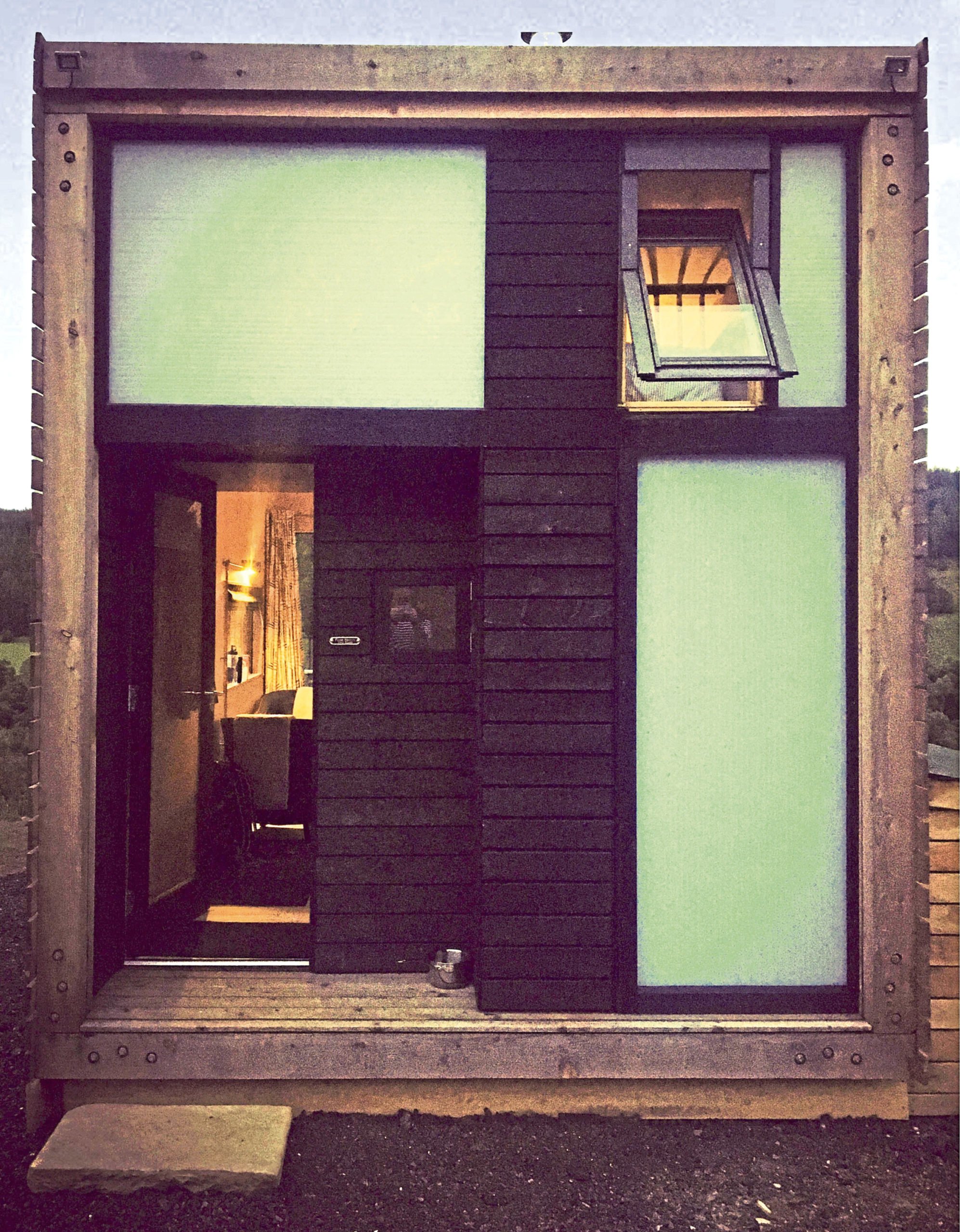
“What people are looking for is something a bit different to the traditional-style cottage – they want something more dynamic with more glazing so they can enjoy the views.
“If there is one positive thing to come out of the pandemic, it is the growth in regional and local tourism.
“This directly benefits local, often rural economies, while also benefiting the planet through significant reduction in carbon emissions that local/regional tourism brings as opposed to international travel.”
Drummuir Cabin is listed on Airbnb and has already received five-star reviews from guests.
For more information on Bothanna Cabins – the name comes from the Gaelic term for outdoor bothies – visit bothannacabins.com
